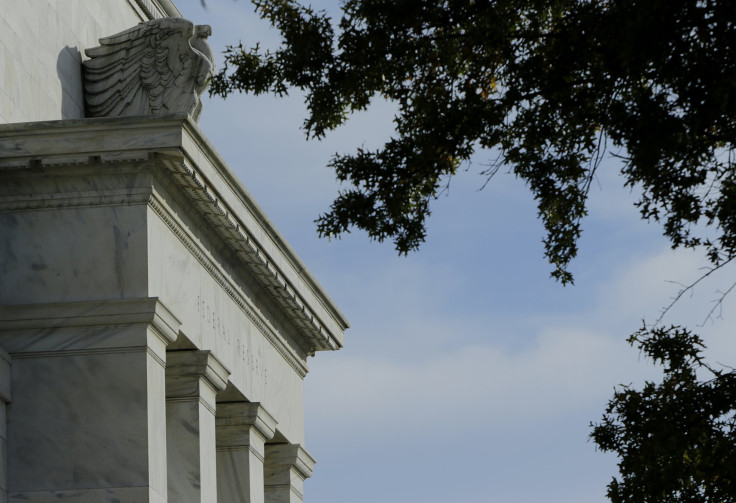Fed Seen Remaining Patient With Rate Guidance Amid Global Turmoil

(Reuters) - The Federal Reserve is expected to signal it remains on track to begin raising interest rates later this year, as the central bank shows confidence that low inflation and rising risks from abroad have yet to derail the U.S. economic recovery.
The Fed's first two-day policy meeting of the year concludes on Wednesday, and policymakers will likely restate their "patient" approach to raising rates, while also voicing faith that the economy will continue improving.
Fed Chair Janet Yellen faces growing skepticism that the central bank can tighten monetary policy by mid-year, with a strengthening dollar and falling oil prices adding to worries that inflation readings remain too low for the Fed to begin hiking.
But U.S. central bank officials have argued that the drop in oil prices is a transitory factor that benefits U.S. consumers in the short run. And with unemployment dropping and growth on track, Fed officials have indicated they will move forward with an initial rate hike in the middle or latter half of the year even if other closely watched measures such as wages remain weak.
"The Fed will follow through and normalize rates later this year ... Our thinking is June. I would not debate anybody who said September," said Mark Zandi, chief economist for Moody's Analytics.
This week's Federal Open Market Committee meeting features four new regional bank presidents who rotate into voting positions: Atlanta's Dennis Lockhart, Chicago's Charles Evans, Richmond's Jeffrey Lacker and San Francisco's John Williams. With the exception of Lacker, an inflation hawk, the rest of that bloc are largely dovish central bankers who have favored keeping rates low throughout the economic recovery.
MARKET TURMOIL
The Fed's policy statement on Wednesday will follow a tumultuous few weeks in markets worldwide. In that time, the divergence between the U.S. and other major central banks has become stark, with a host of countries cutting interest rates and the European Central Bank launching a massive new stimulus program.
The collapse in global oil prices is already helping to push the Fed further from achieving a key policy goal of raising annual inflation to two percent. Lower energy prices and the ECB's stimulus also adds further upward pressure on the dollar.
"The dollar, as a standalone, is unlikely to feature materially in the Fed's decision. But the Fed will consider the extent to which international weakness and geo-political issues counter better economic conditions," said Mohamed El-Erian, chief economic adviser at Allianz.
Morgan Stanley moved its Fed liftoff forecast to March 2016 from January, and lowered its 2015 core PCE growth forecast -- a key Fed inflationary measure -- to 1.2 percent from 1.9 percent.
U.S. economic data meanwhile has been mixed and futures contracts show investors betting on a greater chance of the Fed moving up rates in September or later, rather than June.
But in the Fed's December statement, its addition of the word "patient" in reference to rate guidance showed the central bank was still inching closer to lift off. Yellen went further at the December press conference to say the Fed was unlikely to begin the process for at least the "next couple of meetings."
That statement all but ruled out a move in January and March, with investors now watching for when 'patient' is dropped, which will likely signal the Fed is ready to move at the next meeting. While Yellen has said a rate decision depends on the data, the June meeting and its scheduled press conference appears to be the central bank's target.
"The Fed is operating under the base case of a June liftoff, and June is still several months away," said Cornerstone Macro economist Robert Perli, who added he expects, at most, minor changes to the Fed's December statement. "The Fed can afford to buy itself some more time, and that's exactly what we expect it to do."
© Copyright IBTimes 2024. All rights reserved.











